Stranger than Fiction: A Mad, Mad, Mad, Mad World even Don Draper Couldn’t have Imagined
By Vivaldi, May 22, 2015
For those inside the marketing and advertising world, watching AMC’s Mad Men series has been part chuckling at the familiar rituals taking place within the walls of a 1960s agency, part marveling at how much the industry has changed in the fifty years since the Mad Men era.
Bold creative work was the lifeblood of advertising in the 1960s, and Don Draper – the creative director of the fictional Sterling Cooper & Partners ad agency – is a masterful storyteller, skilled at identifying essential human tensions that we can all relate to, finding a reassuring message that resonates and then knitting it into a story which allows viewers to subconsciously make the link between a product and their own emotional doubts. Episode after episode, the creative department of Sterling Cooper & Partners spins its stories: recasting a Kodak slide projector into a Carousel of images that let us travel the way a child travels, or re-positioning the Burger Chef fast food chain as a home away from home that gives families the time and space to reconnect over a good meal.
The immense power of nailing a truly relevant insight will never change. Marketers will always put the customer at the center of their business. We will always seek new ways for customers to engage with brands. And we will always look to the contemporary cultural context as a way to strike a chord with customers. However, strong brands today aren’t built through storytelling the way they were back in the Mad Men era.
The Draper-esque mix of creativity and psychology which was key to building brands in the 1960s is too easily lost on today’s consumers who pay less attention to advertising than 50 years ago. Brands have to compete to capture consumers’ limited attention in an always-on world cluttered with myriad distractions. While standout creative remains a critical component of the marketing mix, traditional communications such as advertising, posters, and promotions that served us well for decades are no longer sufficient. The possibilities offered by digital are setting new expectations; expectations that require marketers to embrace a new mindset, a new way of working, a new way of communicating, engaging and embracing experiences. In a world where consumers choose whether and how to engage with brands, the winning brands are those that offer true product advantages that add meaningful value to consumers’ lives – through information, convenience, utility and entertainment. And so today, we are adding new touchpoints, new channels, new tools, apps, digital content, social networks and more.
With the season finale bringing an end to our Mad Men entertainment, we had fun looking back at Don Draper’s client roster, to see how those companies had fared and how they had adapted to the mindset shift that emphasizes earning consumer attention through engagement and value exchange, over interrupting them with an advertising message.
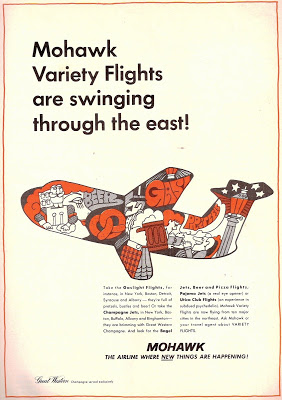
The 1960s ads for Mohawk Airlines – real company and fictional Sterling Cooper client –reveal fairly racy campaigns for the era, promoting their flight attendants.
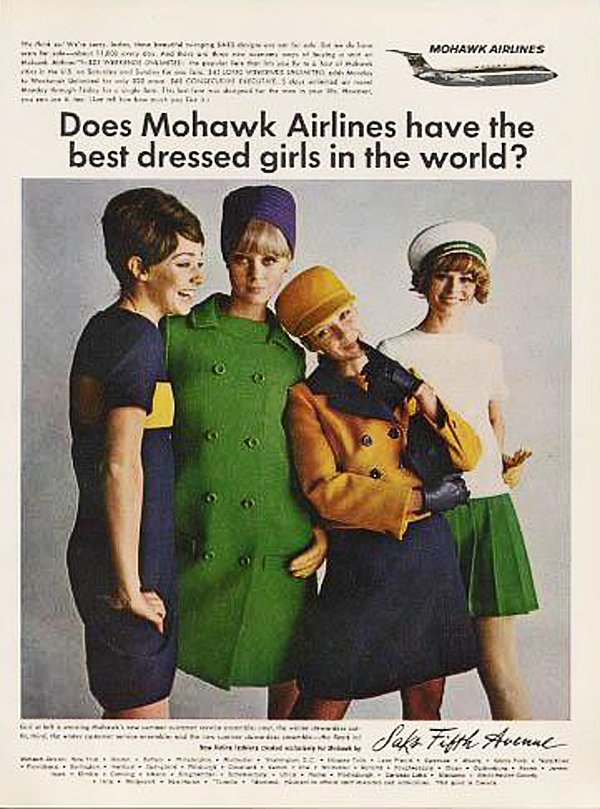
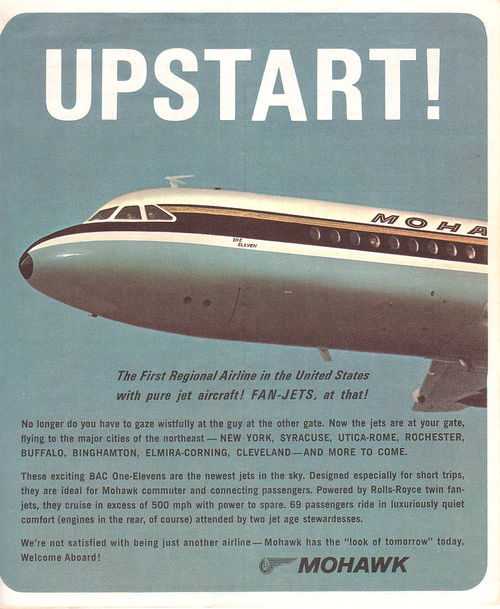
In another episode of Mad Men, Sterling Cooper pitches American Airlines, whose real life marketing in the 1960s also placed flight attendants center stage. What a difference with how airlines like Delta Airlines or JetBlue market today to consumers – not relying on eye-catching ads but building brand loyalty by offering a better experience for travellers throughout the entire flight experience and reinforcing the brand at every touchpoint, from in-flight Wi-Fi access to the mobile tools that make flying simpler and easier for consumers.
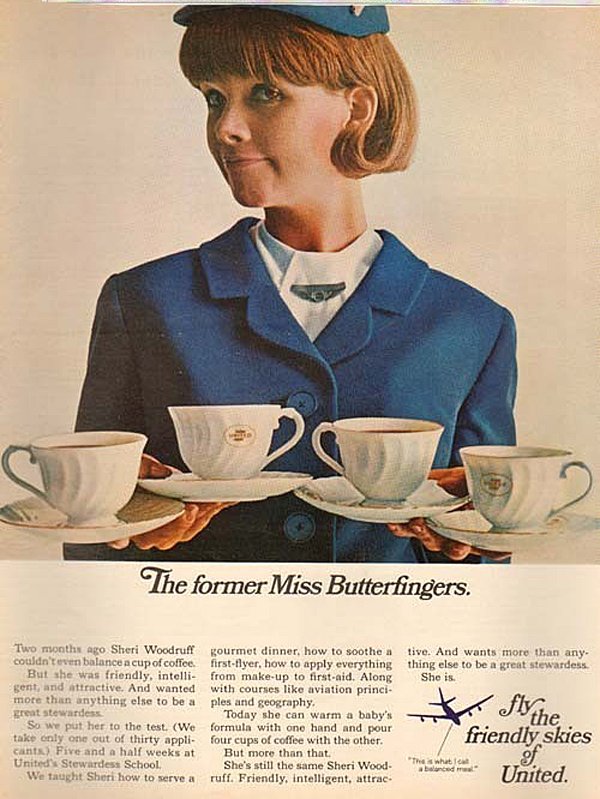
Another Sterling Cooper client, Fleischmann’s Margarine, competed in a crowded margarine market in the 1960s by marketing its product as a healthier alternative to butter. Ads from the era focus on the health benefits of margarine in combating heart disease. Today, iconic margarine and butter brands use inventive tactics to stay top of mind and on the breakfast table. Land O’ Lakes, best-selling butter brand in the US, posts recipes to social media platforms like Pinterest and answers tech-savvy consumers’ baking questions through Twitter.
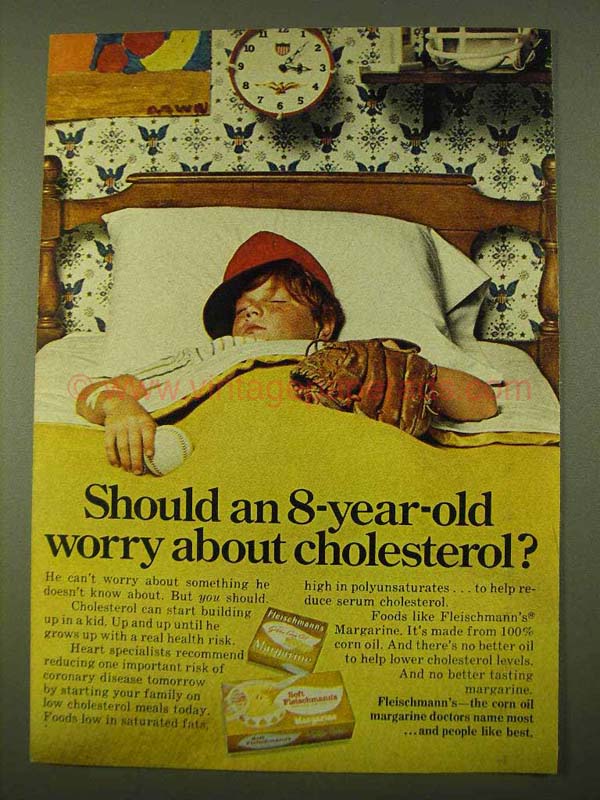
So how would Don Draper fare in this brave new world of digitally-oriented, data-driven marketing?
Marketers’ goals today are similar (maybe absent the…of Don Draper). But nearly everything about the way we accomplish these goals has undergone a profound transformation. And digital technology is the force of change affecting every function of the business, from mobile to social to big data.
We see glimpses of the data-fueled tide of change when Sterling Cooper & Partners’ purchases an IBM System/360 in season 7 – and the top copywriter literally goes insane when the agency places the computer in the creative lounge. He’s later carried out in a straightjacket, shrieking, “It’ll take us one by one!”
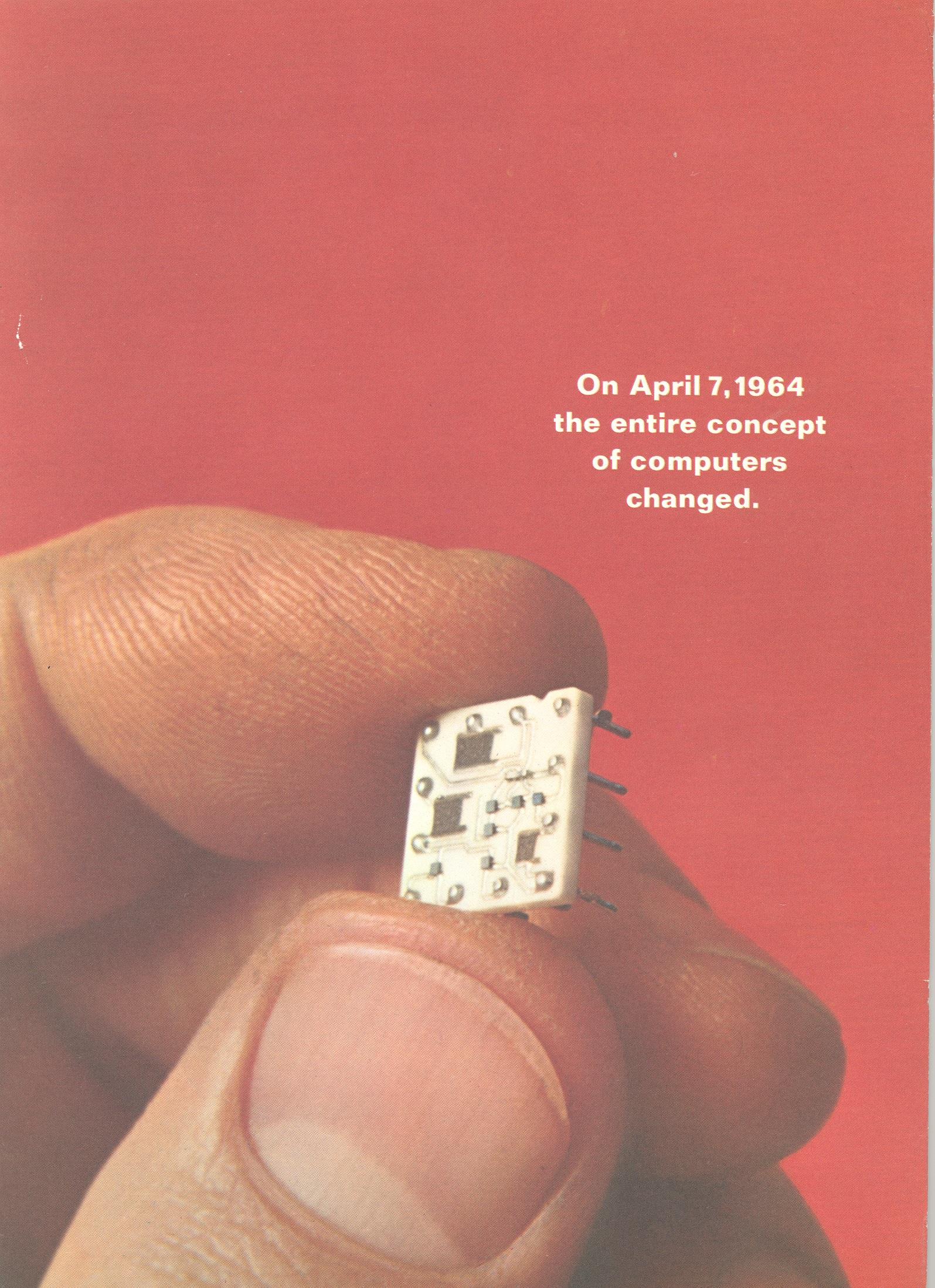
Even Don Draper looks concerned, but he shouldn’t have been so fearful. Creativity and psychology remain critical to powerful marketing. However only if paired with technology, agility, strategic vision, and unshakeable consumer-centricity, can they produce the successful marketing programs and powerful brands that drive consumer purchase decisions and move bottom lines. Today’s boldest creative ideas are engaging, consumer-centric ideas that might manifest as an innovative tech concept such as the Nike Fuel Band, a data-driven grassroots campaign like the Obama presidential bids, or a content marketing operation like the Red Bull Media Studio.
While the Mad Men were most concerned with catchy creative, Don Draper today would have to adjust the starting point of his creative exploration and take the creation of consumer value seriously. And of course, adapt to the new avenues for marketing which are constantly changing and improving. They require new sets of skills, new capabilities and new partners and collaborators. We’ll all need new ways of working together: a philosophy, methodology and working culture that will bring together different disciplines, establish a common language, provide a framework for building new engaging experiences and communications, that connects with customers and other stakeholders such as employees, and that scale globally.
And so, in the words of Don Draper, “change is neither good nor bad, it simply is” and we’re looking forward to boldly living this next chapter in marketing – sans Mad Men.
- Topics:
- Innovation
